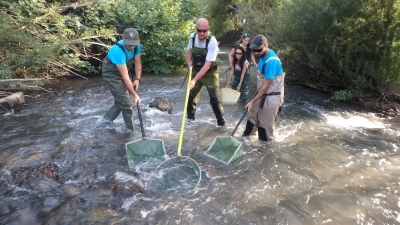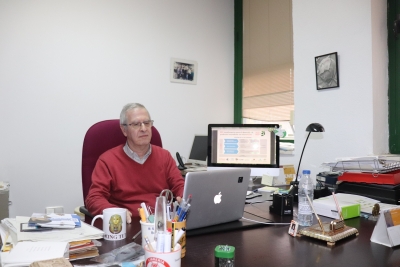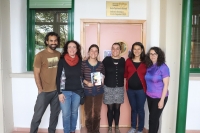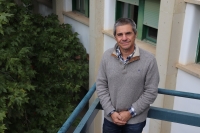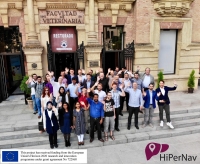Jueves, 12 Diciembre 2019 08:32
SUDOANG | To the rescue of the European eel, a species of high biological value in critical danger of extinction
Escrito por UCC+i'Sudoang' will endeavour to resolve some of the mysteries about the biology of this species, with the aim of protecting it
Publicado en
Nature science
Etiquetado como
Jueves, 05 Diciembre 2019 08:28
UNREDE | Microalgae reveal the defence strategies of plants against excess solar energy
Escrito por UCC+iThe results of the UNREDE project could be important to help these organisms survive under adverse conditions
Publicado en
Nature science
Etiquetado como
Miércoles, 04 Diciembre 2019 13:08
A new gene involved in strawberry fruiting time is identified
Escrito por Pablo Hinojosa LuqueThe study, published by the University of Cordoba and the US Department of Agriculture (USDA-ARS), takes a step further in understanding the mechanisms that control fruiting in strawberries
Publicado en
Nature science
Etiquetado como
Viernes, 29 Noviembre 2019 13:19
Association and Collaboration to Bolster the Agricultural Sector
Escrito por UCC+iThe BOND project promotes the creation of networks for civil society to reclaim its capacity to decide on its agriculture
Publicado en
Nature science
Lunes, 25 Noviembre 2019 08:51
A study compares how water is managed in Spain, California and Australia
Escrito por UCC+iLegislative changes in these three regions always come about due to drought crises but they show important differences
Publicado en
Nature science
Jueves, 21 Noviembre 2019 08:59
HIPERNAV | Virtual Reality reaches operating rooms, to remove tumours automatically
Escrito por UCC+iThe HIPERNAV project manages to reduce liver cancer operation times by using a less invasive procedure
Publicado en
Biomedicine and health
Etiquetado como


